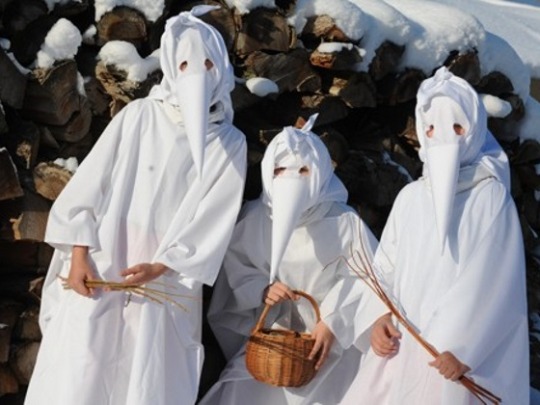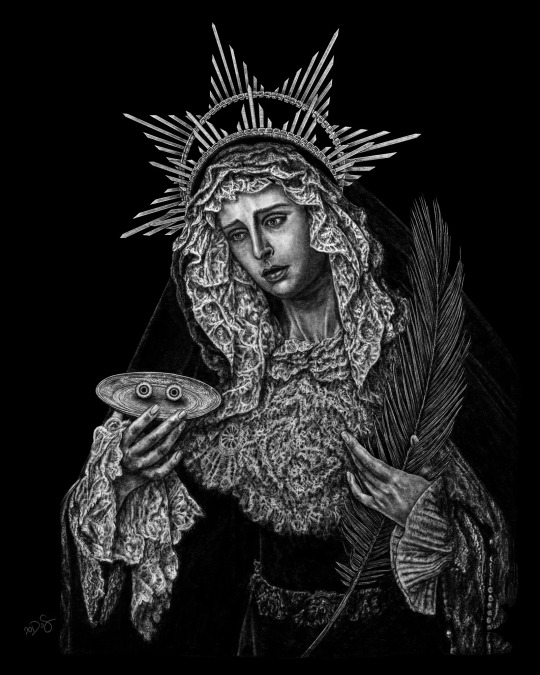#St. Lucia
Photo

Beach in St. Lucia
4K notes
·
View notes
Text

Quick practice. Gonna get ready for something nice.
180 notes
·
View notes
Text

Amy Winehouse in St. Lucia, 2009
401 notes
·
View notes
Text
dee fine whine at st. lucia carnival 2023
146 notes
·
View notes
Text

Star of the Show
Seen near Soufriere, St. Lucia.
52 notes
·
View notes
Text
#caribbean#caribbean culture#chloe bailey#wine#dance#beautiful#beautiful women#beautiful woman#black#black women are beautiful#black woman#black women#caribbean woman#island life#small island#st. lucia#st. lucia carnival#st. lucia carnival 2023#soca#lucian carnival#carnival#carnival 2023#Spotify
118 notes
·
View notes
Text

Basil going “st Lucia” because of december 13.
#st. lucia#santa lucia#omori art#omori#omori basil#omori fanart#omori chibi#basil omori#my art#basil#aranayadraws#bagel omori#christmas#cute art#christmas art
29 notes
·
View notes
Text
#talkin#tik tok#🇯🇲#food#jamaica#🇻🇨#st vincent#the grenadines#st vincent & the grenadines#🇱🇨#st. lucia#🇹🇹#trinidad#tobago#trinidad and tobago#🇧🇧#barbados#🇦🇬#barbuda#antigua#antigua and barbuda
275 notes
·
View notes
Text
On the day of Saint Lucia, here in Czechia women dress up as Lucky. Then they go from house to house checking wether or not you were working, wich is strictly banned on this day. So if your house was clean, or you were spinning, plucking feathers or doing any other chores that day, they are allowed to trash your place.
They are allowed to attack men who don't help their wives with chores and scare children, warning them that if they aren't fasting on the Christmas day, they will come to them and rip their stomachs apart to take all the food back and replace it with hay.

Girls night out. 💅
#culture#culturalheritage#czech republic#czechia#czech culture#sharing culture#celebrations#cultural celebrations#fun facts#fun fact#st. lucia#saint lucia
30 notes
·
View notes
Text

Petit Piton from Stonefield Estate, St Lucia
484 notes
·
View notes
Text

Don't let the Lucias catch you working on Feast Day.
111 notes
·
View notes
Text

Amy Winehouse in St. Lucia, photographed by Blake Wood
99 notes
·
View notes
Text
St. Lucia

I'm a little behind on this one. St. Lucia's Day is December 13 but since I didn't realize that until too late, we're going to do this a little bit belated.
St. Lucia's (or Lucy's) celebration is, for the purpose of this post, going to be about the Scandinavian side of things. On December 13th, the shortest day of the year according to the old Julian calendar, young girls dress in white robes with red sashes, set a wreath of holly on their head, crowned with - if they're old enough and trusted enough - lit candles and hand out coffee and sweets, often saffron buns or ginger cookies, to members of their family or nearby neighbors. Cranking it down a few years, small children dressed in white robes carrying, again if they're old enough, candles, also form a parade and sing as they too hand out treats or follow an elected Lucia who does that herself. Lucia means 'light' and this tradition is supposed to help you shore up enough of it for the coming winter months as well as to mark the Winter Solstice.
How did this all come about though? St. Lucia is from the Mediterranean.
Let's start at the beginning.
St. Lucia was a Christian martyr who was born in Sicily and died in 304 at the age of 25. During her life, she brought food to either the poor or the Christian martyrs hiding in the catacombs depending on the story you read. She wore a candle on her head so that both of her hands would be free to carry more food. Her mother arranged a marriage for her, since Lucia's father had died when she was young and the mother, dying herself of bleeding issues, feared for her daughter's future. Lucia however was a Christian woman that had dedicated her virginity to God, something many early female saints seemed to do, and after her prayers brought about her mother's healing, she convinced the woman to call off the engagement. Instead, she dedicated her dowry to Christ and distributed it among the poor. This did not go over well with her ex-fiance who snitched like a little bitch to the governor. Since Christianity was illegal at the time, Lucia's arrest was ordered, with her punishment being service in a brothel for daring to break up with a man. When the soldiers rolled up to take her away however, they found they couldn't move her, even after they'd hitched ox to her to try. Strangely dedicated to their work in the face of the miraculous, they then heaped wood around her and set her on fire.
This, also, did not work.
Finally, some go-getter in the group got creative and ran her through with a sword (or spear).
This worked.
Or it didn't, depending on the story because at least one of them says that she didn't actually die until she'd been given Last Rites. Honestly, whoever gave her Last Rites should have just kept their mouth shut and she'd probably still be around today.
During the period between the 8th and 12th centuries, Scandinavian countries gradually adopted Christianity and St. Lucia came with it. The St. Lucia that became known in Scandinavia however wasn't entirely the woman she'd been in Sicily.
You see - before St. Lucia came to Scandinavia, there was Lussi Lagnatti, Lucy Long-night, and she also claimed December 13th, except she claimed its long, dark hours instead.
If St. Lucia brought hope and healing with her, Lussi brought terror, punishment and the dead with her in the dark of the longest night of the year. On Winter Solstice, everyone stayed locked safely inside their houses where they hung axes, scissors and knives over their doorway and marked crosses on their houses to keep her at bay. During the Winter Solstice the veil between worlds grew thin and things leaked through. Lussi was accompanied on her travels by walking dead, evil spirits, trolls and other shuddery creatures. It was a Wild Hunt of its own, with Lussi as its leader and woe to anyone they found outside. If the victim was lucky, they would be found miles from where they'd started, confused and beaten.
If they were unlucky, they were never found at all.
Lussi, like many winter creatures, had a penchant for naughty children and workers, especially women, that hadn't finished their winter chores by the time of the Solstice. She and her hoard would damage their houses, their barns and sometimes even snatch them up to carry them away forever.
Little wonder that light-giving, hope giving, generous Lucia took her place in the hearts of Scandinavia. Or perhaps Lussi simply reformed into the light side of her dark coin. The young girls that wake up early to dress and feed their family do so before the sun, moving in the darkness of the house after all.
There's one more piece to our puzzle however. Germany also had a white clad woman that wore candles in her crowning wreath and gave out gifts. Her name was Christkind. She was supposed to represent the baby Jesus and was accompanied by Hans Trapp, a stand in for the devil.
So there you have it. Sweden is said to be the start of St. Lucia's Feast in the North, a famine there in medieval times saw a boat miraculously appearing on Lake Varern, headed by a woman of glowing light who handed out food and then vanished with the boat directly after, but it quickly spread to the neighboring countries, even more so in the 1900s. These days Lussi and the Christkind are almost entirely forgotten but St. Lucia still walks the early morning hours, bringing the light with her and giving out her food with both hands, reminding everyone that the winter is long yet but there is also warmth and hope even in these darkest of days.
youtube
#st. lucia#december 13#winter solstice#sweden#norway#denmark#finland#lussi#christmas#merry christmas#folklore#cottagecore#Youtube
18 notes
·
View notes
Text
#caribbean#caribbean culture#caribbean women#caribbean gyal#caribbean woman#st. lucia#st. lucia carnival#st. lucia carnival 2023#lucian carnival#lucian#carnival#carnival 2023#wine#dance#on the road#west indies#west indian#island life#island gyal#soca#black#black women#black woman#black is beautiful#black women are beautiful#beautiful#beautiful women#beautiful woman
72 notes
·
View notes
Text

Saint Lucia, 2021
Shop | Instagram
#death of seasons#dark art#dark artist#art#artwork#illustration#gothic#gothic art#illustrators on tumblr#Saint Lucy#Saint Lucia#religious art#catholic art#saint#st. lucia#dark aesthetic
87 notes
·
View notes



